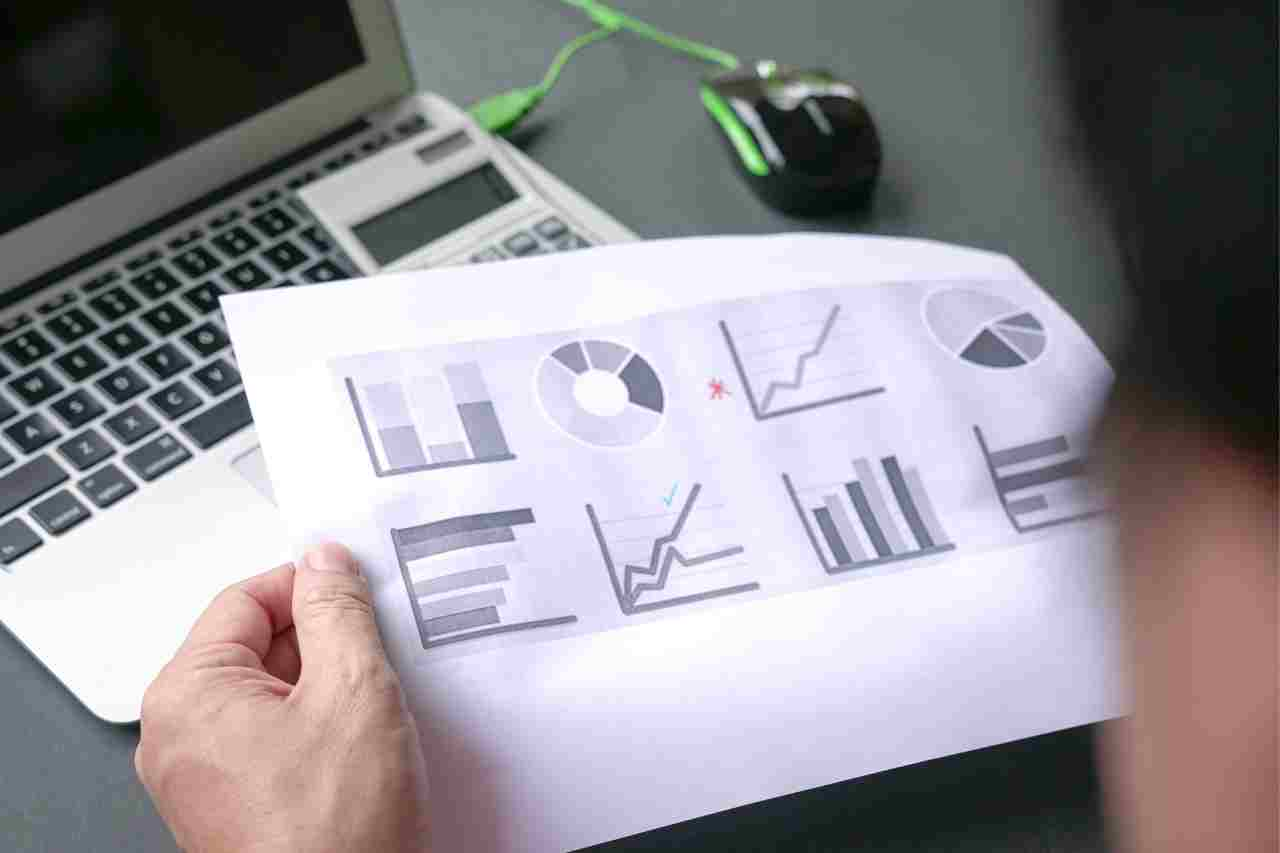Table of Contents
Margin trading is otherwise known as leveraged trading and is one type of trading in various assets. It involves the use of funds that are provided to the trader by a third party. Leverage trading is popular especially in markets that are characterized by low volatility in the price of a particular asset, especially in the forex market.
What is margin trading all about?
Unlike ordinary trading of assets with own funds, in the case of an account with access to leverage functionality, traders are given the opportunity to increase the invested capital, that is, to multiply the capital held for trading with the help of a loan. As a rule, a trader who uses leverage is given the opportunity to realize a higher profit from successful trades.
Margin trading is also present in markets that are based on trading stocks, cryptocurrencies and commodities. In traditional markets, borrowed funds are usually provided by so-called investment brokers. When it comes to cryptocurrency trading markets, the funds are usually provided by other traders, who thus receive a corresponding percentage. Some cryptocurrency exchanges themselves undertake to lend funds to traders who are interested in leveraged trading. However, this is not a very popular phenomenon.
What is leverage?
According to the definition, leverage is the use of borrowed money to pay for the purchase of assets, but with the expectation that the capital gain or income that will come from the new funds obtained will exceed the cost of the loan.

When it comes to trading with leverage, it is usually the case that the lender will set the maximum risk it is willing to take and will state the limit of leverage that is acceptable. Speaking of loans that are secured by assets, the bank can treat these funds as a form of collateral, but only until the borrower repays what he has borrowed. Speaking of a flow-through loan, which is used to secure debt, the company’s overall creditworthiness will be used. It is also worth noting that traders are increasingly using margin trading.
What is the formula for margin trading?
The formula for margin trading is as follows:
ROE = Net profit/equity
Return on equity, which is also referred to as return on equity, or ROE, is called the ratio of profit to own capital. Net profit depends on the capital gain and the interest that will be paid on borrowed finances.
How is trading done using leverage?
In order to initiate a trade using leverage, first the trader must provide a certain percentage of the total value of the order. This percentage is called margin and is strongly associated with the concept of leverage. Leverage, on the other hand, means the ratio of borrowed funds to the value of the margin. For example, to create a trading order using leverage of 100K with a leverage of 10:1, a trader must first provide 10K of his own capital.
Platforms that allow trading with leverage differ in the available markets, and offer a set of different rules, as well as restrictions on the use of leverage, and the amount of leverage available. On a standard stock and bond exchange, the usual leverage value encountered is 2:1, while trading in futures markets usually takes place with a leverage of 15:1. Referring to Forex brokers, margin trading on forex account usually takes place with a leverage of 50:1, but in some cases values such as 100:1 or even 200:1 are also used. In the case of cryptocurrencies, on the other hand, the available leverage usually ranges from 2:1, even up to 100:1 (read also: Making money on forex).
Some trading platforms also provide the possibility to issue leveraged trading orders on futures contracts. When a trader issues an order using leverage, his assets are the collateral for the borrowed funds. It is important to understand the principle of the leverage mechanism, as in most cases brokers reserve the right to force the sale of the assets in question when the price of a certain asset in the designated market reaches a predetermined level.
If a trader decides to trade with leverage and opens a long position, he may be called upon to make a so-called margin call when the price of a particular asset drops significantly. A margin call occurs when a trader is required to deposit more funds in a margin account in order to meet the requirements that apply to the value of the minimum margin.
In a situation where a trader disregards the margin call the margin he provided will be automatically liquidated to cover the borrower’s losses. This type of situation usually occurs when the total value of all assets that have been deposited in the margin account falls below the minimum margin value on a particular album exchange with a particular broker.
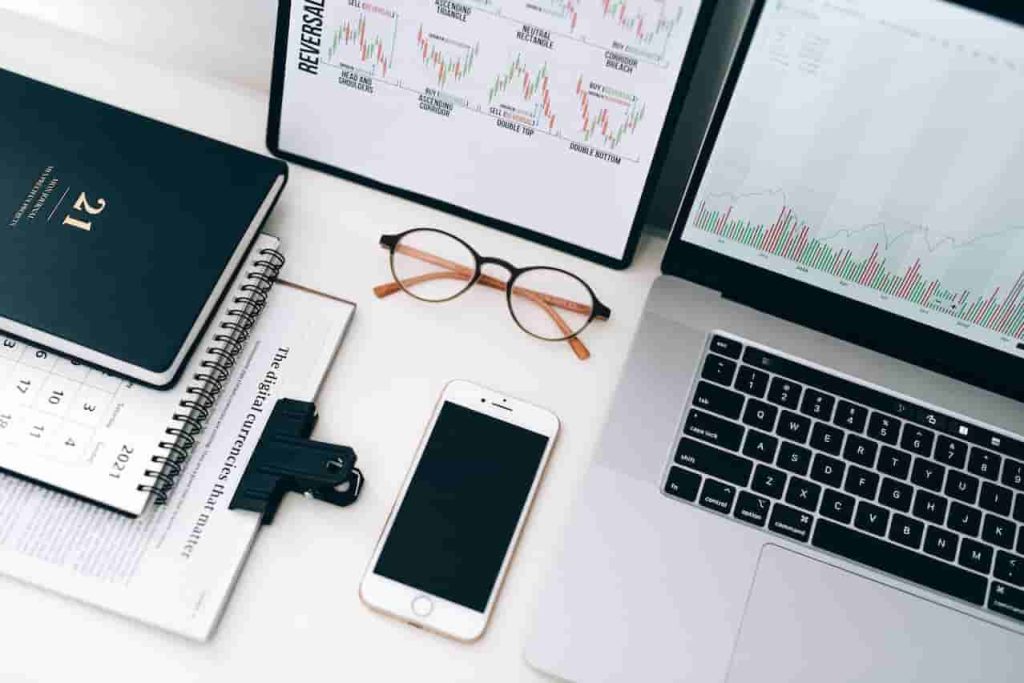
How does margin relate to leverage?
Margin, or margin, is a special type of leverage, as it allows a trader to leverage existing cash positions. Margin is used to create leverage by increasing purchasing power by a marginal amount. At this point it is worth mentioning 2 concepts:
- Margin call – this is a call on the margin. It occurs when the value of securities in the account falls below the margin level. This will require the person holding the account to deposit additional funds on the phone or securities to meet the margin call,
- Stop out – this is an action that is taken by the broker against a customer whose margin is currently insufficient. Beforehand, the investor can set his stop out limit.
How does leverage work?
The mechanism of leverage, using the eToro broker as an example, is as follows:
- First of all, the trader has to select the asset in which he wants to invest. Then you need to click – invest, and a window appears, which will contain the parameters of the order,
- Then the trader clicks on the “sell” tab for a short position or “buy” for a long position to start an investment position,
- The next step is to determine the amount of capital the trader wants to invest in the position. The trader can go back to the leverage ratio formula given in this article and remind himself how to calculate leverage. Then it is worth determining the leverage multiplier. It is worth noting that this ratio will vary each time, depending on the specific financial instrument. A trader can choose to invest without leverage, by selecting the “x1” option, but also, for example, decide to invest with a leverage of 10,
- The trader can protect himself against capital loss by setting a stop loss level Stop Loss and a profit realization Take Profit,
- The trader must then click “place order” to execute the operations along with the market opening.
Margin trading – what instruments can it be applied to?
Leverage is usually used when talking about trading ETFs, stocks, currencies, commodities, indices and sometimes cryptocurrencies. No matter what instrument a trader chooses to, for example, leverage trading to buy stocks, he can be sure to find the maximum limits, setting the leverage level. This is due to exchange regulations, but also to the broker’s internal operations.
Is it safe to trade with leverage?
Trading with leverage can be dangerous. If a trader’s investment falls, at some point the position will be liquidated. His funds will be lost, which is very risky for some traders. It is best to simply make sure that he does not risk more than he can lose.
Margin trading – what is worth remembering?
Here is a list of the most important rules to implement and keep in mind when deciding to use leveraged trading.
Do not start from a high bar
There is a high probability that the price will change in a way that is not favorable to the trader and then he will lose his money. In order to minimize the risk of losing money, it is advisable at the beginning to invest only small amounts that can be lost and will not damage the trader’s household budget (read also: How to invest small amounts of money).
At the beginning of the investment, it is advisable not only to invest less, but also to use less leverage. Do not use high leverage if you are a beginner. Of course, the potential high profit may be tempting, but there is no guarantee that you will achieve it.
It is worth paying attention to new information
When it comes to margin trading, news is very important. Even the smallest news can have a big impact on cryptocurrency prices. It is possible that there will be such legislation that will limit profits from cryptocurrency trading. These and many other scenarios can arise when trading with leverage, so it is worth being careful.
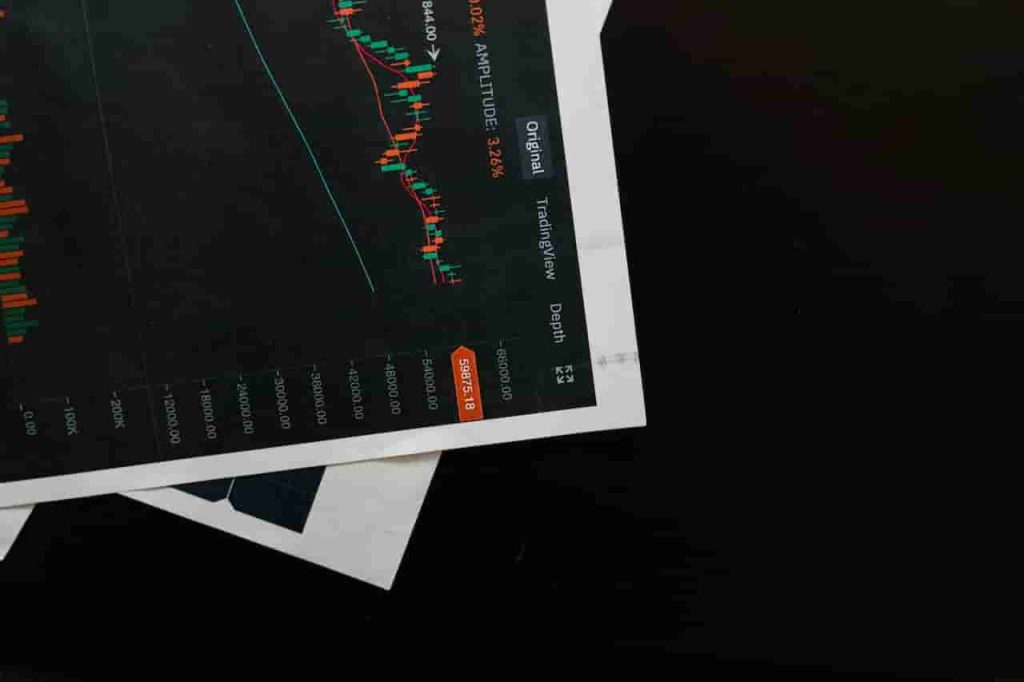
Use of stop loss
Stop loss is a trading feature that is a great way to limit potential losses. Given the volatility of some assets, it is worth using it, in case of a large drop in the value of any of them.
Understanding fees and liquidation
A trader should always know how much he or she is paying in fees and what type of fees they are. Leveraged trading is burdened with ongoing commissions. So it is worth making sure that they do not eat up the trader’s profit. The same is true of the liquidation price. The trader must familiarize himself with it in case his position reaches it.
Risk management
When investing with leverage, the trader must establish a specific investment strategy, as well as profit realization. It is best to guard against excessive greed. The trader should consider the amount he is willing to risk, keeping in mind that he may lose it completely. He should also set position closing levels and profit realization levels, as well as set stop-loss levels.
Price manipulation and short/long squeeze
In an unregulated market such as cryptocurrencies, short squeeze can often be observed. When the number of either short or long positions is high, it means that the person who moves the market can easily make money by creating a counter price movement. He then forces the liquidation of these positions.
Short-term trading
Cryptocurrencies are considered to be highly volatile assets. Trading with leverage in their case only increases the risk. Therefore, a trader should rather trade with leverage on a short-term basis. Despite the fact that the daily fees are not noticeable in the long term, they can outweigh the profits.
Paying attention to fundamental data
Major events that surround the cryptocurrency space, e.g. ETF approval decisions for bitcoin, SEC regulations, etc., flashes significantly affect the price of bitcoin. Even if traders rely only on technical analysis, they must remember that events can introduce the complete opposite of what they intended.
Extreme volatility
Cryptocurrency trading is characterized by high volatility and fluctuations that arise in both directions. In this case, the risk is that a rapid change in price can cause liquidation. This can happen especially when the leverage is relatively high. It is also worth remembering to set a stop loss.
Margin trading for cryptocurrencies – risks and costs.
The costs of trading with leverage include the need to pay ongoing interest on borrowed coins, as well as fees for opening positions on the exchange. Along with the increase in the chances of earning higher amounts, the risk of incurring greater losses also increases.
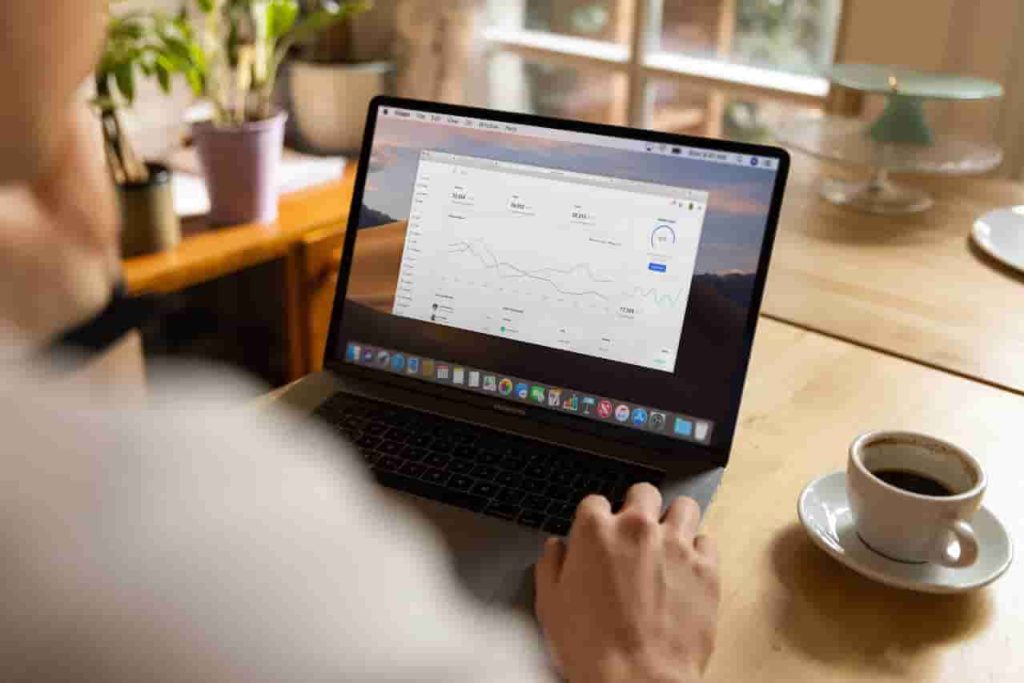
The maximum amount a trader can lose is the amount he invested when opening the position. This level is called the liquidation price. The liquidation price is the rate at which the exchange automatically closes the trader’s position, so that he does not lose any borrowed funds, but only his own.
The higher the leverage, the closer the liquidation price is. The rule of thumb is that dividing 100 by the leverage level, the trader gets the percentage until the liquidation price is reached.
The best cryptocurrency exchanges with leverage – Binance and BitMEX
There are many cryptocurrency exchanges on the financial market that offer margin trading. However, it is best to use platforms that offer high liquidity, low fees, and are reputable and well-established.
Leveraged trading on Binance
The Binance exchange is the largest cryptocurrency trading platform in terms of volume, having been in existence since 2017. It was founded by a well-known entrepreneur – Changpeng Zhao. The exchange originates from China, but has branches in at least a dozen other jurisdictions.
The exchange also offers support in multiple languages, including Polish. It features an intuitive interface, so any beginner can easily cope with its operation.
To start trading with leverage on Binance, all a trader needs to do is hover the cursor over the “trade” button at the top of the screen, and then click the “margin” button. The maximum leverage at this point that a trader will be able to use is 125x.
Leveraged trading on the BitMEX exchange
BitMEX is also a major cryptocurrency exchange that is well established in the market. It owes its popularity to its remarkable functionality. In addition to standard features, it also offers, among other things, the possibility of using trading bots.
The advantages of the exchange also include high volumes. As a result, traders don’t have to worry about problems with liquidity and spreads. On the other hand, low fees on BitMEX are sure to be appreciated by active traders who make large volumes of transactions.
At this point, it is worth noting that this exchange is primarily focused on leveraged trading and futures. Therefore, it is characterized by a simple interface that is adapted to these financial instruments. To start leveraging your investment on cryptocurrencies, all you need to do is find the margin option in the trading section, and then set the leverage level.
Forex trading with leveraged trading
The biggest advantage of leverage is the ability to open a large number of trades, even when the trader does not have enough capital to do so. Leverage of 1:10 allows traders with $100 capital to take a position of $1,000. However, this is not 100% safe, as the trader has more exposure to the market and risk. It is then worth considering trading without leverage.
One can assume that the trader buys $1,000 for €800, and then the price of USD drops by half. The trader would then lose half of his capital. However, when he uses leverage of 100:1, then when the USD price would fall by 1%, the trader would lose all his invested funds. Before that, it is necessary to learn how to use leverage.
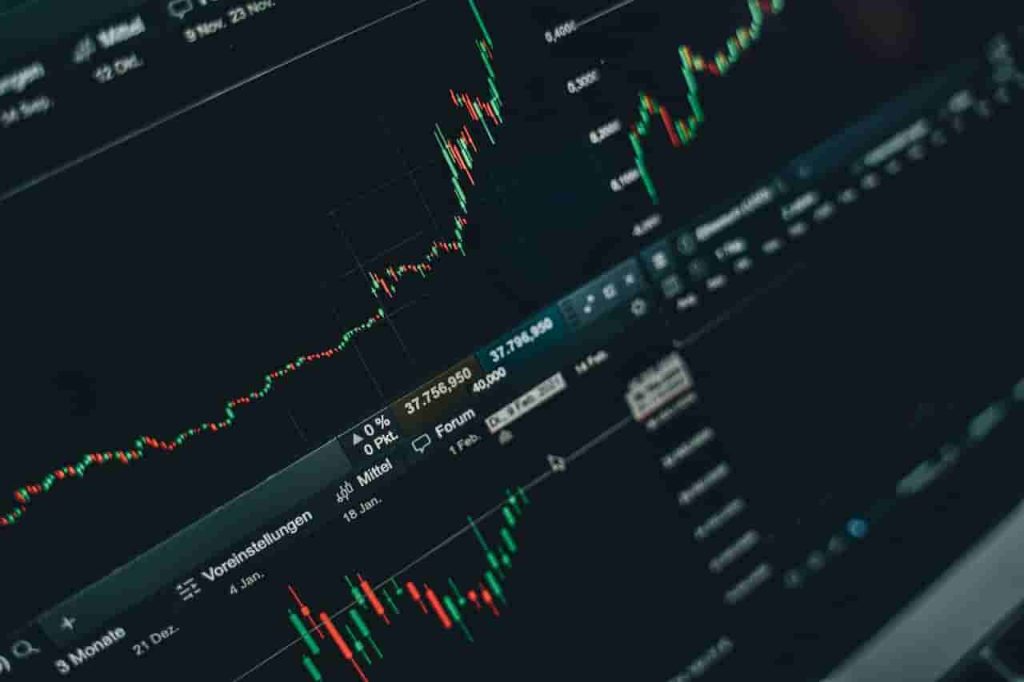
Margin trading – functions
The simplest way to understand margin trading is to compare it to a loan, which is granted by a bank to buy a house or apartment. Under this type of loan, the bank gives the customer a certain amount of money, so that the trader, with the amount of money he has, can purchase the property.
As for leveraged trading, the broker lends the trader an amount of money that, together with his share of capital, allows him to access a specific level of investment. However, leverage:
- There is no interest,
- No expiration date,
- No is tied to opening or closing fees, although maintenance fees.
What is the best leveraged trading?
Ideally, before using any level of leverage, understand the mechanism of its operation and what consequences it is associated with. Traders may wonder, what is the best leverage? As a rule, the longer a trader wants to keep an open position, the lower the leverage should be.
This is logical, since long-term positions are usually opened when large market movements are expected. If a trader is looking for a permanent position, he or she will want to avoid stop outs due to price fluctuations in the market.
But on the other hand, when a trader opens a position that will last for a few seconds or minutes, the main goal is to make as much profit as possible in a fixed period of time.
So what will be the best leverage in the stock market in this case? Choosing the right leverage is very important, especially for beginners. In order to catch small movements in the market, a trader will seek to use high leverage to ensure the highest possible profits.
As a rule, the proportion of leverage depends primarily on the trading strategy used. For example, intraday traders and traders who play for breakouts use high leverage, looking for small movements and quick positions.
Long-term traders or swing traders often execute their investments with little or even no leverage. Knowing the effect when it comes to trading with leverage and the optimal amount of leverage in the Forex market is essential for an effective trading steategy, as a trader will never want to trade with too much leverage, but will always seek to maximize the most profitable investments and trades (read also: Online forex).
It is recommended that they use the lowest leverage at the beginning of their journey with the stock market. After gaining knowledge and experience at a certain level, they can experiment with leverage within their strategy for a while to find a level that suits them better. It is always important to keep in mind the high risk that leverage entails and, when undertaking leveraged investments, to do so sensibly and responsibly, and with the acceptance of possible loss of even all capital.
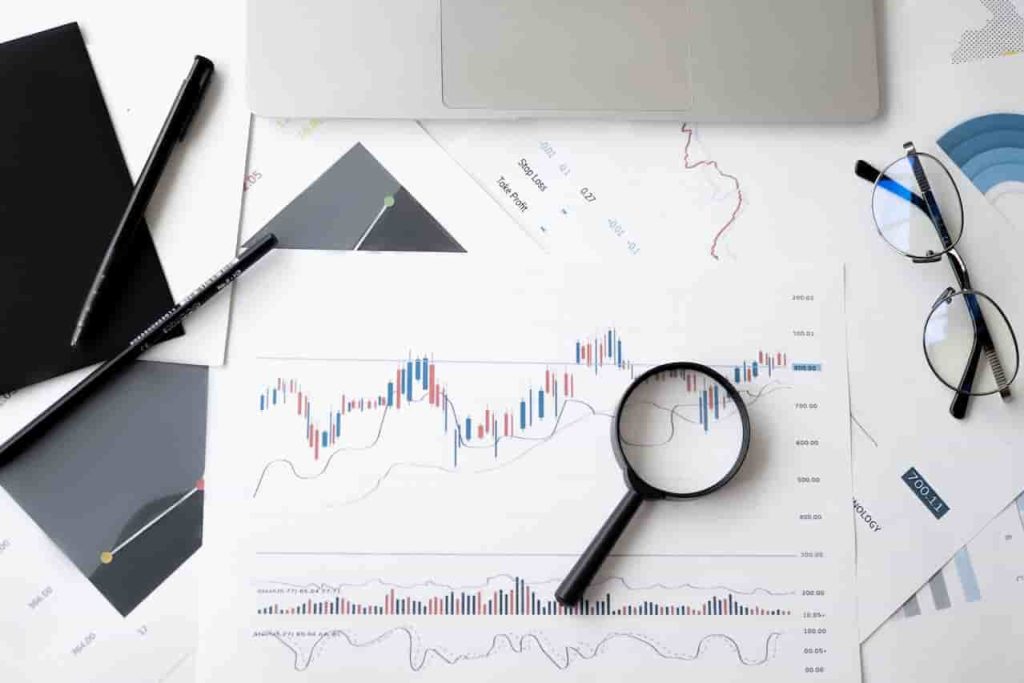
Margin trading – advantages and disadvantages
When it comes to margin trading, the biggest advantage is that it can yield higher profits, given the higher value of the trading position. In addition, trading with leverage proves to be very useful when it comes to diversifying the trading strategy. Using leverage, traders can open several positions with small amounts of their investment capital. Moreover, margin trading makes it easier for traders to open positions quickly, without moving large sums between accounts.
The advantages of leverage are:
- Increase capital – leverage increases the capital that is available to make investments in different markets. For example, using a leverage of 30:1, a trader effectively controls $60,000 with only $2,000 at his disposal. This means that the trader can allocate higher amounts to various investments in his portfolio. It is worth remembering, however, that greater comes with increased risk,
- “Credit” without interest – trading with leverage is compared to a loan from a broker for pledging margin, which allows you to take a larger position in the market. However, it does not involve any obligations in the form of either interest or commissions and can be used in any way during trading,
- A way to deal with low volatility – periods of low volatility can be tiresome for traders especially due to small price changes. However, leveraged trading allows traders to make potentially higher profits even when there is low volatility in the market. In this case, even a small change in price or rate can mean a bigger change in a trader’s account.
However, leveraged investing also has some disadvantages. First and foremost is the risk of increasing the losses incurred. Unlike simply trading with one’s own capital, trading with leverage also offers the possibility of losses that exceed the trader’s initial investment and is seen as a very risky method of trading.
Read also: Basics of investment in the stock market
Depending on the amount of leverage, even a small decrease in the market price of a particular asset can generate high losses. That is why proper planning of the trading strategy, using diversified and even limiting it with such types of trading orders as stop-limit becomes essential to undertake trading with leverage.

The disadvantages of leverage are:
- Increased losses – the biggest risk when trading with leverage is that, like profits, losses can also be multiplied when the market goes in the opposite direction of what was intended. Leverage may require a small capital outlay, but since trading results are based on the entire size of the position the trader controls, losses can be high,
- Margin call – if losses exceed the margin used by the trader, there will be a so-called margin call. Leverage multiplies losses, so there will always be a risk of a margin call, and when there are no new funds in the account, positions will automatically be closed at a loss.
Margin trading in the world of cryptocurrencies
Leveraged trading is riskier than ordinary trading. When it comes to cryptocurrencies, the risk is even higher. This is due to the high level of cryptocurrency price volatility that is typical of them. Therefore, when deciding to trade with leverage on cryptocurrencies, a trader should be even more cautious. Despite the fact that there is a belief that the use of various risk management strategies is able to reduce risks, leveraged trading is not suitable for beginners who are starting out in cryptocurrencies.
Read also: Forex training courses and Forex currency trading
Having an aptitude and ability to analyze charts well, look for trends, and determine appropriate entry and exit points cannot 100% eliminate the risks that come from using leverage. However, such skills can be helpful in anticipating and identifying risks and in executing more efficient investment transactions. Despite this, zanik trader will undertake any leverage trading in the cryptocurrency market, first of all it is recommended that traders thoroughly understand the basics of technical analysis, as well as gain any experience with ordinary trading transactions.
What is margin funding?
For traders who do not have a high tolerance for investment risk, a special variation has been created when it comes to trading with leverage, the so-called margin funding. Some trading platforms, including cryptocurrency exchanges, offer their clients the possibility to allocate investors’ funds to pay for the leveraged trading of other traders.
This procedure usually follows specific conditions that have been accepted by both parties to this type of trading, and provides dynamic rates of return. If a trader accepts the terms of margin trading and accepts an offer from the users who provide the funds for trading, the provider of such funds has the right to receive a fixed repayment of the loan so provided together with the indicated interest. Although the mechanisms of operation of margin funding may differ depending on the chosen exchange, the risks that are associated with the provision of margin funds to other users are rather low, as leveraged positions can be forcibly liquidated to prevent too high losses.

But nevertheless, the construction of margin funding requires clients to deposit and hold funds on the exchange they use. It is therefore important to understand the principles of margin funding and to identify the risks associated with it.
Leveraged trading is certainly a useful tool for those who want to multiply their profits from successful trading transactions. The proper use of leverage can not only help you achieve higher investment returns, but also diversify your portfolio. However, it is worth remembering that this type of trading can also result in increased losses when a bad trading decision is made, and it involves a much higher risk than with ordinary trading. For this reason, leveraged trading is dedicated only to experienced traders.
On the other hand, when it comes to leverage and cryptocurrencies, the resulting risk is even higher due to the multiplied fluctuation of cryptocurrency prices that occurs.
Margin trading is an interesting investment tool to increase trading profits. However, on the other hand, leveraging investments increases the risk of losing funds. For this reason, leveraged trading should only be conducted by experienced traders. Even if a trader denies having the necessary skills, he should remember to follow the rules presented in this article. They will allow you to avoid basic mistakes and thus generate losses.









